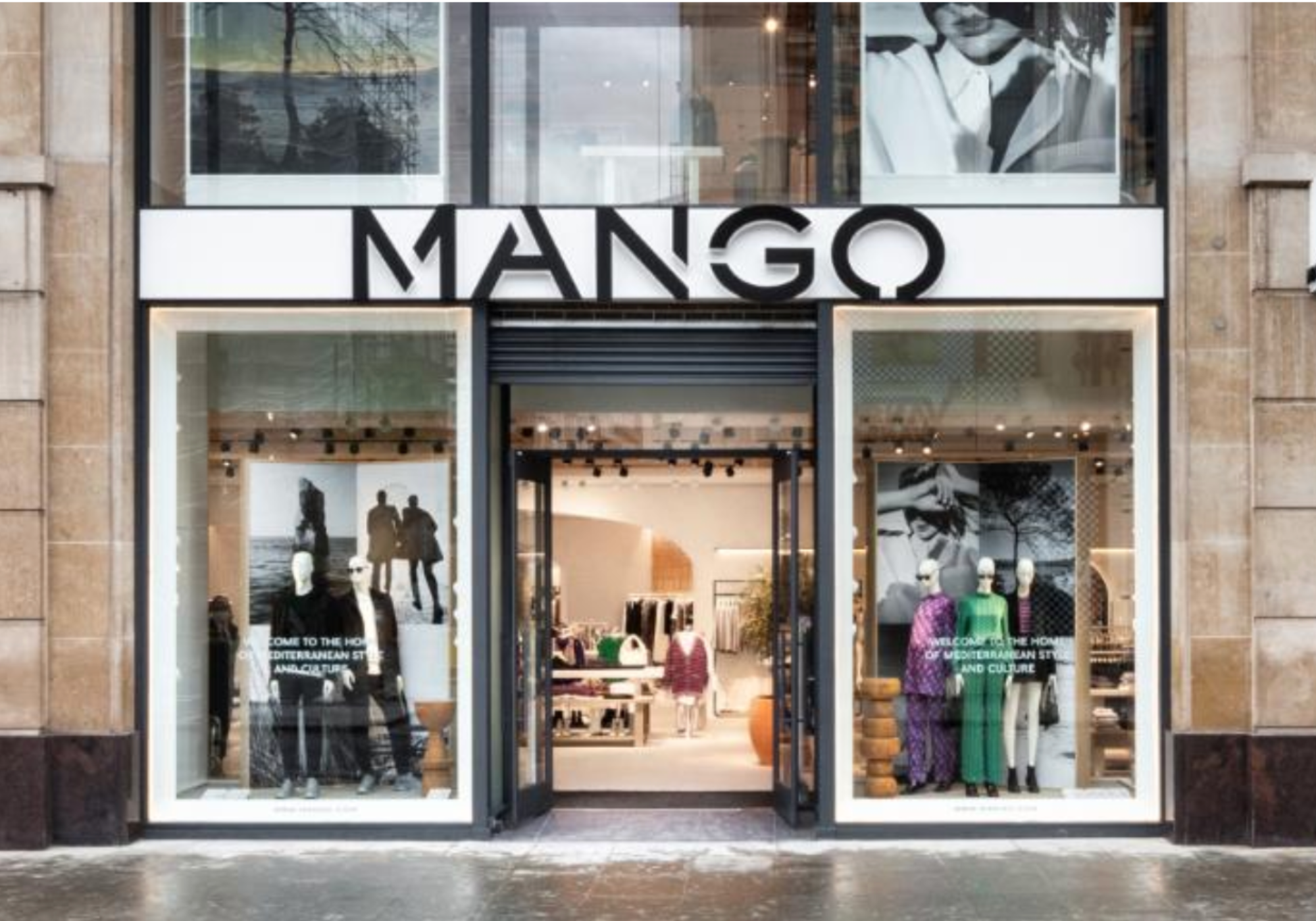The recently published RetailX Europe Ecommerce Region 2023 Report has highlighted that European online retailers are looking further afield for new customers, and this has created both opportunities and challenges for their logistics partners.
The growth of ecommerce across Europe has had such far-reaching impact that it’s not only retailers that must now adapt to the shift towards online shopping, but the wider logistics sector too. Over the past few years, macro-economic challenges have put strains on retailers, carriers and consumers alike. While the supply chain disruption reported in our 2022 report may have eased, the logistics industry is now having to operate in a flat market. Just as the retailers struggle with low consumer confidence, this change of demand will be felt within the whole supply chain.
Fluctuations in demand will cause concern for many businesses, some of which are already battling record-high inflation and energy costs that are only now starting to balance out. Regardless, there are still opportunities being created for those that are willing to go the extra mile.
Growth in ecommerce cross border
One such opportunity for both ecommerce sellers and the logistics partners they work with is to look further afield for new customers. A study by Helsinki-based ecommerce logistics firm Ogo Ship found more than 73% of online consumers in Europe shop in countries other than their own and cross-border ecommerce in Europe was worth €179.4bn in 2022 – an increase of 4.8% compared to a year earlier. European online stores achieved a record-high turnover of €105.5bn across borders – a 5.5% increase compared to 2021.
Germany had the largest European cross-border market, with €34bn in 2022 – a 5% increase compared to a year before. However the UK lost its top spot, cross-border sales dropped to a historical low, -4%, resulting in €28bn cross-border sales compared to €33bn in 2020 and €29bn in 2021. EU retail business accelerator Cross Border Commerce Europe blamed Brexit and its VAT regulations, import duties, logistics and returns for this.
The complexity of cross-border logistics – as well as the reverse logistics of returns – needs to be a key consideration for any European retailer looking outside of their country. Cross-border logistics means a lot of spinning plates. This includes tracking orders, meeting delivery timeframes, tax and customs, regulations and compliance, and even multi-carrier handoffs or border delays. Those looking to take on this international challenge can go down the route of cross-border shipping, localised fulfilment or even bringing in a third-party to handle everything for them.
Unsurprisingly, technology plays a major part in cross-border logistics, with multi-carrier software platforms helping brands and retailers to select the most appropriate shipping partners.
Fast and first time
Having the right logistics partner, especially one based in the country, could also be critical to understanding the market. Changing consumer habits and delivery trends can vary from country to country, so having an informed partner on the ground could enable retailers and their logistics partners to keep up with developments. This includes the increasing speed of delivery.
Poland leads the way for fast ecommerce logistics, having a record in 2022 of 1.09 days in terms of transit time. In second and third places were Germany with 1.14 days and France with 1.82 days. According to parcelmonitor, it is Poland’s well-developed sea, rail, road and air transportation infrastructures, along with the many logistics hubs located across central Poland, that facilitate this speed. The country also adopted simplified border crossing procedures for ecommerce logistics and trucks, making it quicker and faster to clear and process shipments.
While many consumers are now looking for that fast delivery, ensuring that they receive it first time remains a priority – but also a challenge – for last mile logistics firms. Belgium operators are already excelling in this space and the country’s first-delivery success rate reached 93.2% in 2022. This is perhaps driven by many Belgians working from home, with a recent survey finding that 46% of Belgians are permitted to work from home, with 2.5 days a week being the ideal schedule.
Alternative delivery options
For those unable to work at home, or those returning to the office on set days, home delivery may not be the best option. As Europe reopened following the pandemic, a new normal last-mile logistics model had already taken hold. Pick-up and drop off (PUDO) networks and automated parcel machines (APMs) have been growing in popularity for a few years. Europe has over 336,000 PUDO points available, including 43,000 APMs, according to Last Mile Experts.
In fact, the European Union and the UK have experienced an approximately 40% increase in PUDO points since mid-2019. France has the highest collection point usage across Europe, at 21.43%. This rate is expected to grow further with the growth of customer to customer (C2C) retail and the need for consumers to send pre-loved goods to other consumers. DPD anticipates a 30% growth rate annually for C2C volume throughout Europe, driven by increased adoption of recommerce and circular economy models. The international parcel delivery firm predicts around 90% of this volume will be linked to out-of-home solutions, whether PUDOs or APMs.
This feature originally appeared in the Logistics section of the RetailX Europe Ecommerce Region 2023 Report, download it in full to discover:
- The role of sustainability and the increasing expectation for businesses to act now rather than later
- The rise of ChatGPT
- The role of the metaverse








